Tomahawk Take’s Top 20 Atlanta Braves Prospects: #15-11

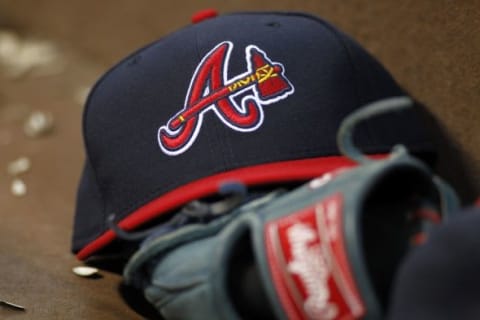
Tomahawk Take’s Top Atlanta Braves Prospects #15 Mike Soroka
– by Philip Tapley, Tomahawk Take Staff Writer
Who He Is
RHP Mike Soroka was the 28th overall pick for the Braves in 2015. He stands at between 6’4 and 6’5 depending on the source, and weighs in at what we’ll call approximately 200 lbs. Soroka projects to add a lot of strength to his young frame; the Alberta, Canada product is still only 18 years old after his first professional season, after all. Soroka’s Canadian background led to a certain degree of surprise at the Braves taking the righty so early, as many MLB sources were not well versed in the righty’s exploits. However, his talents have been well thought of for several years in more northern-reaching baseball circles. Soroka came into the 2015 Draft already featuring a fastball that topped out in the mid-nineties, and a curve with plus action to boot.
The scouting consensus on Soroka is that he is a guy with an obviously plus arm, and with a curve and change that should play well at the big league level once he has improved command and feel for them. Soroka himself has stated that improving his change up is a top priority for him. He regularly receives 50-60 grades on all three of his offerings, which along with his body frame projects well for a future role in the Braves’ starting rotation. Scouts and coaching staff have raved about Soroka’s mental makeup and work ethic, as well. The only knock that seems to surface about his game is that his slightly closed off, three-quarters delivery may put hazardous stress on his arm during deceleration. From my eyes, he carries an adequately fluid motion and generates velocity with easy effort.
His 2015
Soroka’s 2015 saw him succeed at both levels of rookie ball that he encountered. He averaged more that a strikeout per inning in 35 frames of work over 10 appearances. The righty posted an ERA of 3.18 over that period, but his FIP was a full point lower in the small sample. Soroka’s was likely unlucky as batters enjoyed a .384 BABIP during his initial stint in the Gulf Coast League. His walk rates were very low, leading to a very encouraging rate of 7.4 strikeouts per walk issued over his 35 innings.
2016 Projection and Future
Look for Soroka to begin his 2016 season making strides in the competition for the starting rotation for single-A Rome. Given his age, it will be interesting to see how the Canadian and fellow 18 year-old Brave and 2015 top pick Kolby Allard progress together. The most aggressive projections would give a healthy Soroka and Allard a shot at an initial call up during the 2018 season. 2019 is more realistic, but given Soroka’s rave reviews across the board in terms of physical build, raw stuff, and intangibles, we shouldn’t bet against him. The pride of Alberta has been exceeding expectations thus far.
Next: Prospect Number 14
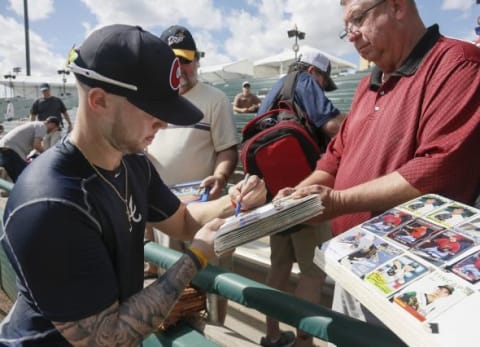
14. Braxton Davidson
– by Jeff Schafer, Tomahawk Take Editor
Who He Is
More from Tomahawk Take
- Atlanta Braves 2012 Prospect Review: Joey Terdoslavich
- Braves News: Braves sign Fuentes, Andruw’s HOF candidacy, more
- The Weakest Braves Homers Since 2015
- Atlanta Braves Sign Joshua Fuentes to Minor League Deal
- Braves News: New Year’s Eve comes with several questions about the 2023 Braves
If you’re looking for a power-hitting outfield lefty in the Braves organization, Braxton Davidson is your man. The Braves drafted him in the 1st round (32nd overall) in the 2014 MLB draft out of T.C. Roberson High School in North Carolina.
Davidson’s progression may be a little slow so far for some fans, but you have to remember his age. The 19-year-old hasn’t played about the Single-A league…he played the entire 2015 season with the Rome Braves. He totaled a .242/.381/.374 slash line with 10 homers, 23 doubles and 43 RBIs. His strikeouts escalated quickly as he had 135 k’s in 124 games played.
2016 Projection and Future
The 6’2”, 210-pound lefty still needs time to develop. He played all of 2015 in right field, but in 2014 played all season in left field. Hopefully the Braves saw enough of Davidson at the Single-A level and will move him up to Double-A to start the 2016 season.
There’s a chance he starts back with the Rome Braves, but it’s possible he starts with the Carolina Mudcats. It will all depend on rosters and where the Braves see he’s ready for.
If he can continue to put on muscle and advance his power-swing, Braxton will be a highly ranked prospect. Right now, we have him ranked as the Braves 14th prospect. All other sites do not include him in their top 100 MLB prospects.
Next: Prospect Number 13
With a strong arm and a good athlete, he should be able to stay in the outfield for the Braves. He played primarily first base in high school, but the Braves have some guy pretty much locked down at that spot.
Most likely Davidson won’t see Atlanta until 2018
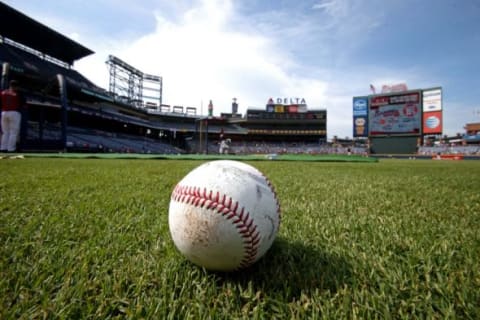
13. Max Fried
– by Philip Tapley, Tomahawk Take Staff Writer
Who He Is
Max Fried is a prized LHP in the Braves system, though you may not know a lot about him yet. The 22 year old out of Harvard-Westlake HS in Los Angeles hasn’t yet pitched in the Braves organization, after missing essentially 2014 and 2015 to a torn UCL in his elbow. Fried made 5 starts in 2014 between rookie ball and single-A, but that was amidst a struggle with what was then termed elbow soreness. Ultimately, the problem led to Tommy John surgery in August 2014. That shouldn’t dampen enthusiasm for the young lefty, though. Fried was drafted 7th overall in 2012 by the Padres, and has garnered rave scouting reviews on all 3 of his pitches. Notably, Fried pitched with Nationals top prospect Lucas Giolito in High School.
Fried’s upside is very strong. If healthy, he very likely would not have been available to the Braves in the swap that sent Justin Upton to the Padres and also returned Jace Peterson, Dustin Peterson, and Mallex Smith. His curveball projects as his best Major League pitch, with great depth even when thrown for a strike. His fastball sits in the low 90’s, but lit up radar guns as high as 96 before his injury. His changeup lacks feel according to some scouts, but has also been graded as above average to plus at times. The knocks on his offerings included lack of movement and elite command with the fastball per the 2016 Fangraphs prospect list, and difficulty featuring his off-speed pitches at their top level simultaneously per Atlanta’s own Kiley McDaniels when reviewing midseason prospects. Fried features fluidity and power in his delivery, with clean arm mechanics that will hopefully help him put his elbow problems behind him.
It’s tough to characterize Fried’s professional track record thus far, as he really only has his 19 year old season in single-A to go by. In that 2013 season, he pitched to a 3.49 ERA / 4.04 FIP in 118 innings. Much like Tyrell Jenkins, the Braves would like to see his K/BB rate improve once healthy. He posted 1.79 strikeouts per walk in single-A (100 Ks, 56 BBs, 118 innings).
2016 Projection and Future
As stated, Fried spent ’15 rehabbing from UCL surgery. He will likely begin 2016 in single-A Rome, but don’t be surprised to see a more precautious Gulf Coast League placement to begin the year, either. Fans should expect patience and a strict innings limit in the Braves’ handling of Fried in 2016. He could catch up in his development quickly after that if he meets all of the organizations benchmarks moving forward. Fried has the ceiling of a top of the rotation starter, and the floor of a back end starter if he rebounds as hoped from the elbow injury.
Next: Prospect Number 12
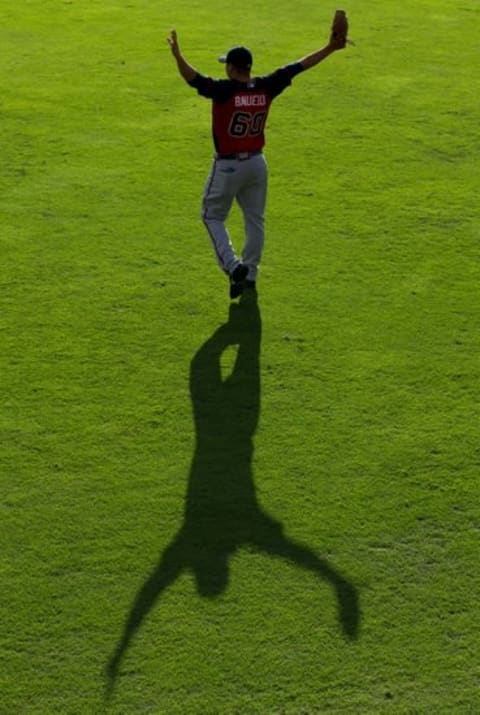
12. Manny Banuelos
– by Brandon Woodworth, Tomahawk Take Staff Writer
Who He Is
Manny Banuelos has come a long way since being a near untouchable Top 50 prospect with the Yankees in 2010 and 2011. Many injuries have hampered him along the way: an appendectomy, Tommy John surgery, and his latest being another less serious elbow injury that required the removal of a bone spur in his pitching elbow. But make no mistake, the lefty is still a potential valuable asset, and might be overlooked by some after the arrival of heralded arms like Aaron Blair and Sean Newcomb. Banuelos was acquired last offseason for David Carpenter and Chasen Shreve, which could end up being a steal as Carpenter was terrible in New York, released, and then injured, but now is back again with the Braves in camp on a minors deal. Shreve was stellar in New York, but if we’re talking talent, Banuelos definitely has the higher ceiling of the two.
His 2015
Banuelos came out swinging in 2015, as his major league debut was stellar: 5.2 IP with no walks and 7 strikeouts, surrendering just 2 hits. He left that game after hitting two Nationals in a row. Turns out his hand and calf had cramped up from dehydration. This guy can’t catch a break.
But that wouldn’t last, as he never escaped the 5th inning in any of his other starts. It turns out the bone spur was the culprit, and after trying to rehab and making 2 failed starts in September, he was shut down for the year. He underwent the surgery on September 17th.
2016 Projection and Future
He will have an outside shot at cracking the big league rotation if proven healthy, but I believe that he may be heading to the bullpen to start the season if his velocity isn’t back in full. I believe he will likely split time between the rotation and bullpen. I can see him maybe getting 7-10 starts in Atlanta with a handful of bullpen appearances, probably topping out around 75 innings with the big league club.
Next: Prospect Number 11
He’s always been a fantastic strikeout pitcher, but as cliché as it is, has a little trouble with walks as well. I’m predicting around an 8.0-8.2 K/9 with a 3.8-4.1 BB/9 rate, which will probably land his ERA in the high 3’s (let’s go bold and say a 3.83 ERA). The real test is on his health in 2016: not only to stay on the field, but to see if his velocity can return enough to make him a viable rotation piece going forward. Any easy comparable in stuff and makeup is Mike Gonzalez(and no, not just in ethnicity). If he’s healthy, he can be lights out, but it’s still a very real question going forward.
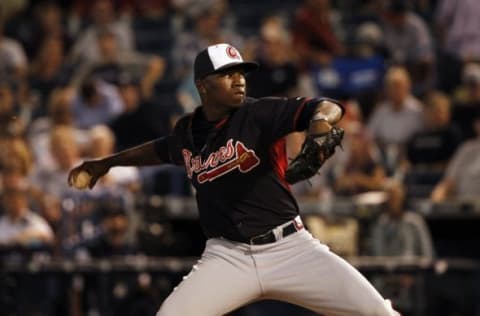
11. Tyrell Jenkins
– by Philip Tapley, Tomahawk Take Staff Writer
Who He Is
Tyrell Jenkins is one of the first products of the Braves rebuild. The RHP came over from the Cardinals in the Jason Heyward trade, along with now departed Shelby Miller. He was drafted 50th overall in 2010 out of Henderson HS in the Texas town of the same name. Jenkins has maintained some exciting momentum as a prospect. Baseball America ranked him as the Cardinals’ 4th best prospect after his first season, and he cracked BA’s top 100 after the 2011 season and the Baseball Prospectus top 100 after the 2012 season. Previous shoulder woes have somewhat cooled his hype in the last few years, but he still regularly features around the #10 rated prospect in a very deep Braves organization.
Jenkins has a 3-pitch mix, headlined by a mid-nineties heater with plus arm-side movement. He matches that with a curve that gets average to above average grades from scouts, and compliments with a change up that seems to have a ceiling of “effective when down in the zone.” Repeatable mechanics and consistent command of his pitches are a work in progress for Jenkins. At 23 years old, there is still reason to be optimistic on development of these skills, though; he missed time during his development with a shoulder muscle injury that was surgically repaired in 2014. The shoulder issue seems a problem of the past, as Jenkins surpassed 100 innings last year. Still, some worry the righty currently lacks a true out pitch. Time will tell.
His 2015
As mentioned, perhaps the biggest story of Jenkins’ 2015 was his health throughout a workload that amounted 138 innings, the highest total of his career. He pitched to a 3.00 ERA / 3.84 FIP in 93 innings at double-A Mississippi, and posted a 3.57 ERA / 4.48 FIP in 45 innings in triple-A Gwinnett. Despite modest strike out totals, Jenkins induced a lot of soft contact in 2015, which likely explains his ability to outperform his FIP at both levels last year. Arm fatigue is reported to have depressed his Gwinnett numbers, as he was very good in his first 5 starts there before stumbling later in his final 4 appearances. During 31 innings in his good run in Gwinnett, he limited hitters to 7 ER and 1 HR. Even during this span, though, Jenkins posted a rather uninspiring K/BB rate of 1.75 (21 Ks and 12 BBs in 31 innings).
2016 Projection and Future
Jenkins is very much in the Braves’ rotation plans moving forward. The industry consensus still seems to view his ceiling as a #3-#5 starter, with some recently wondering if he would be better suited as a reliever where he could scrap the change up and focus on velocity and movement. Regardless, you can expect Jenkins to start the year in Gwinnett, where his club hopes to see him improve on his consistency of command and bolster his K/9 rates, all while maintaining his health and plus velocity and movement. If all goes well, look for Jenkins in Atlanta as early as the trade deadline, and almost certainly for a September call up. As a member of the 40-man roster, Atlanta fans can enjoy a glimpse of Jenkins during the Braves’ spring training schedule this year.